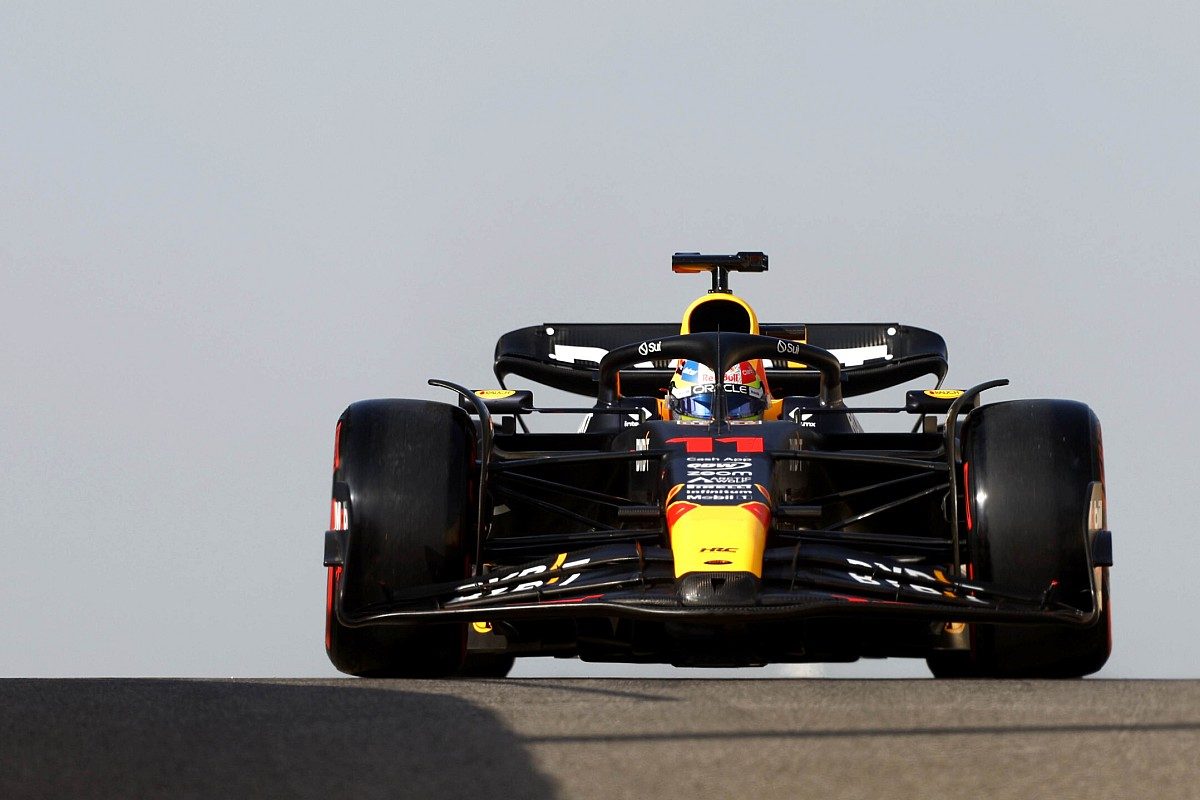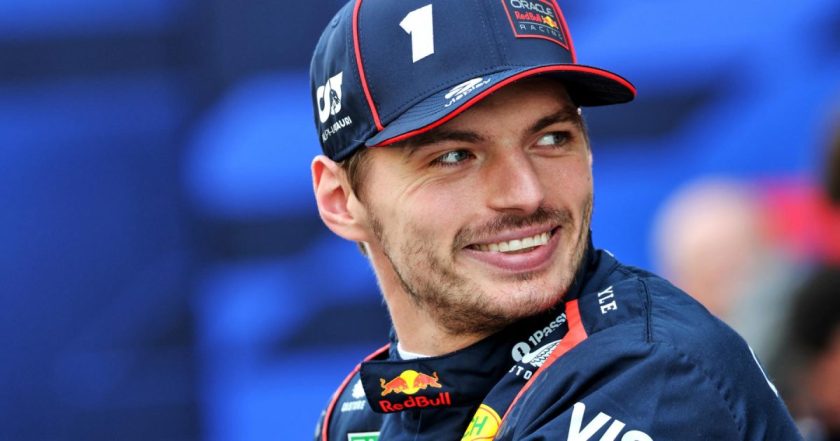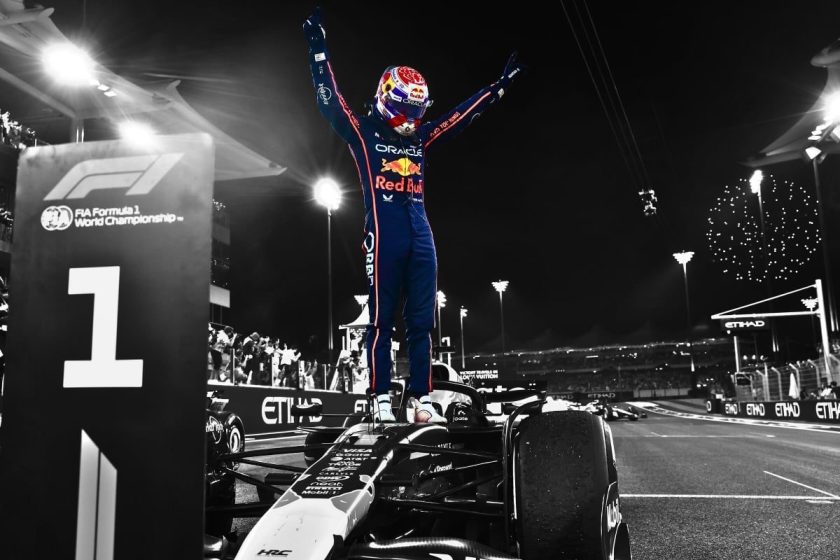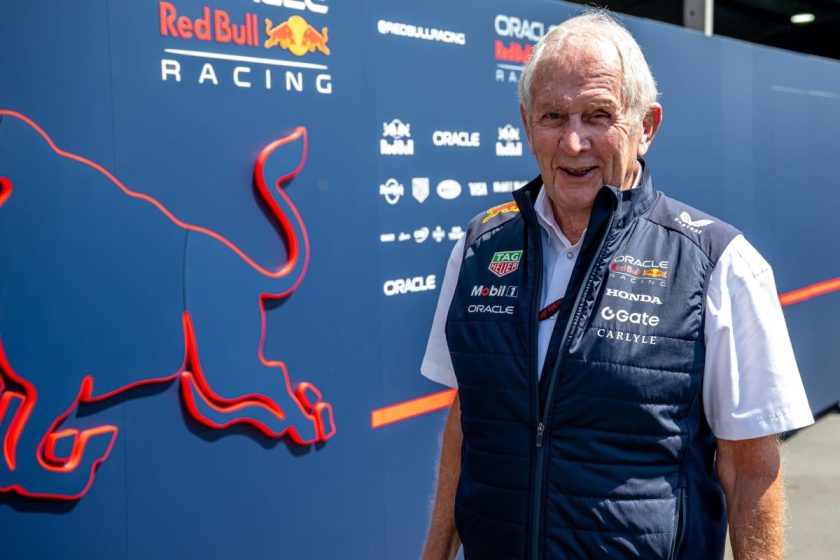P1racenews AI automatic summary:
Red Bull: Active aero should not be treated as "patch" for wider F1 car problems
The 2026 engine rules in Formula 1 will increase the reliance on the electric part of the hybrid powertrain, as it will now produce 50% of the total power. The Motor Generator Unit–Heat, which was expensive, has been removed. However, initial data supplied to teams led to concerns about reduced power and “Frankenstein cars,” with drivers like Max Verstappen claiming they had to downshift on straights to compensate for the power drop-offs. As a solution, F1 is expected to introduce active front and rear wings to reduce drag. Pierre Wache, a race engineer at Red Bull Racing, warns that these quick fixes should not distract from addressing the deeper-rooted issues. He also emphasizes the importance of finding a comprehensive solution rather than relying on incremental patches. Furthermore, Wache explains that the more aerodynamic devices are added, the harder it will be to achieve the desired 50kg weight reduction for 2026. Finally, he notes that changing the concept of the internal combustion engine, battery, and electrical power is challenging for engine manufacturers, as they have longer design and development cycles compared to chassis manufacturers.






